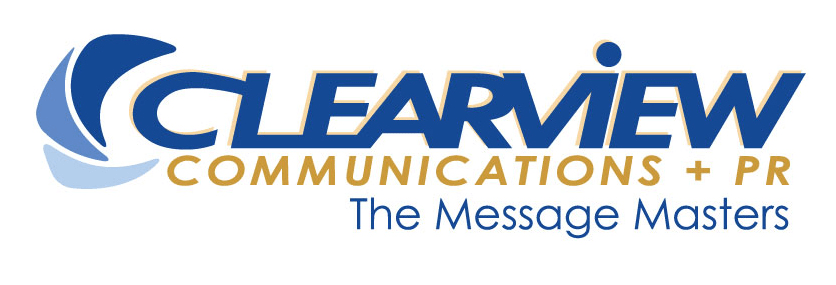
Harvard Law Gets it Right on Director Liability in a Crisis
Harvard Law gets it right on director liability in a crisis with two notable exceptions.
As I continue to analyze the very thorough and valuable research document by Harvard Law School examining The Board’s Role in Confronting a Crisis, I am genuinely impressed by the soundness of the advice and counsel offered by the authors. Truly, this document should be required reading for every corporate director, whether they have responsibilities for oversight of a public or private company, a non-profit or academic institution, or other entity. Its excellence cannot be overstated. It should be included in every director’s monthly briefing book and acknowledged by the chair monthly.
In my front-line experience in helping organizations prepare for, manage and emerge from crises and critical incidents, however, I’ll argue I find two exceptions to the authors’ conclusions and guidance. They may seem minor in the context of the report, but in a real crisis, they will have major negative effects.
ONE: The stated notion that “The CEO should be involved with leading the crisis management efforts (unless determined otherwise).” Yes, it should, in fact, be determined otherwise.
In staffing the Crisis Management Teams and their supporting Crisis Action Teams, corporate hierarchy cannot be a priority. In fact, for the CMTs and CATs to be effective, they must be allowed to exercise their responsibility and authority to operate free of executive management dictates in order to collaborate effectively to reach realistic conclusions about real-time tactical execution during a crisis based on facts.
Further, the CEO in a crisis will be pulled into dealing with overarching demands, such as communicating with regulators, elected officials, financial institution partnerships, international stakeholders, to name a few.
Also, the paramount job of the CEO during a crisis is employee communications and media relations, including regular (hourly if necessary) online advisories, group texts, webcasts, in-person dock meetings, press briefings and media interviews. In the meantime, the CMT and supporting CATs are doing their jobs managing the crisis with a focus on recovery and business continuity. The CEO can act as an informal advisor and listener, but doesn’t have the time or energy to play both roles.
(And, don’t forget the eight-hour rule: The CEO cannot act as the primary spokesperson for more than eight hours, and then must be relieved. His or her surrogate also cannot be on duty for more than eight hours, nor can the third authorized spokesperson. Fatigue, of course, results in ineffective execution and muddied communications).
TWO: Finally, the authors state that “External investigators, public relations, marketing and human resources – These functions may have key roles to play in evidence gathering, identification and discovery as well as internal and external communications.”
Based on my experience in the trenches, I recommend replacing the word “may” with “shall” as an indicator of the essential importance of the crisis management and recovery work required of the entities mentioned.
